Transient Response
Transient response in power supplies refers to how quickly and effectively the PSU stabilizes its output voltage during sudden changes in load demand, such as when a CPU or GPU increases its power draw. It’s measured by the time and voltage deviation during these shifts. A faster, smaller transient response ensures stable power, preventing instability or damage to components.
20% Load – 20ms
| Advanced Transient Response 20% - 50 Hz - No Caps | ||||
| Voltage | Before | After | Change | Pass/Fail |
| 12V | 12.119V | 11.927V | 1.59% | Pass |
| 5V | 5.081V | 4.958V | 2.41% | Pass |
| 3.3V | 3.392V | 3.219V | 5.11% | Pass |
| 5VSB | 5.044V | 4.991V | 1.05% | Pass |
50% Load -20ms
| Advanced Transient Response 50% - 50 Hz - No Caps | ||||
| Voltage | Before | After | Change | Pass/Fail |
| 12V | 12.083V | 11.962V | 1.00% | Pass |
| 5V | 5.076V | 4.947V | 2.55% | Pass |
| 3.3V | 3.386V | 3.207V | 5.28% | Pass |
| 5VSB | 5.005V | 4.931V | 1.47% | Pass |
The transient response is mediocre overall.
Transient Response ATX v3.1 Tests
[Note] For PSUs without a 12+4 pin connector, the maximum applied load for the transient response tests is 150%, rather than 200%.The PSU passes all ATX v3.1 transient response tests.
The 12V rail’s performance is above average in these tests.
Pages:
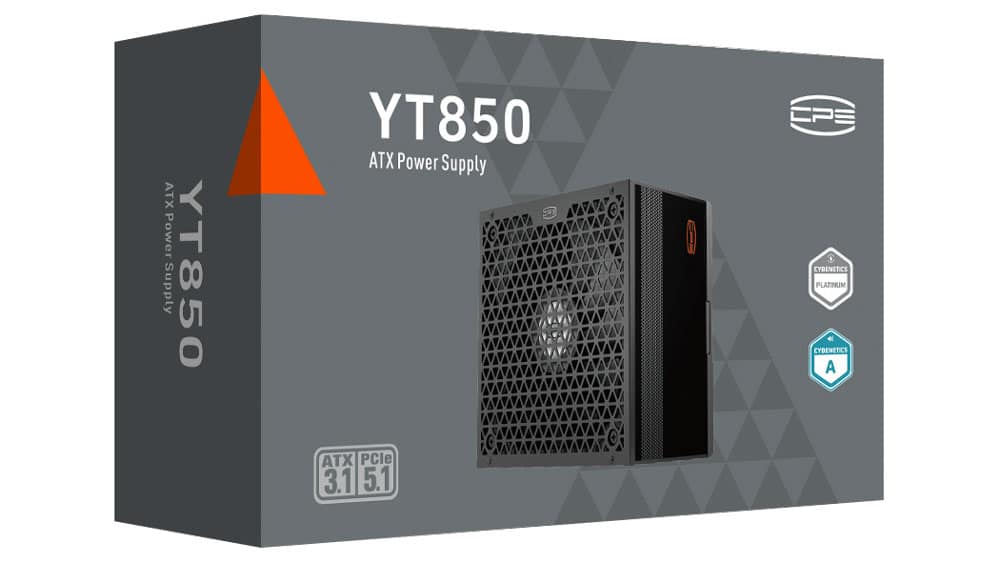
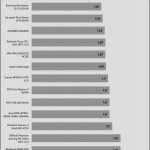
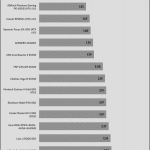
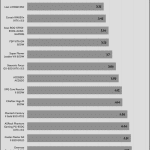
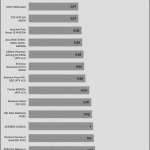
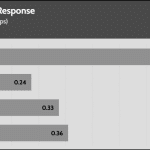
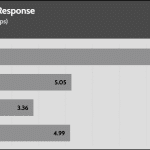
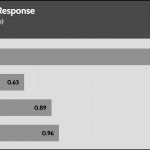
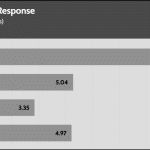
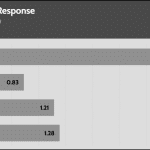
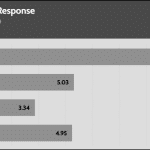
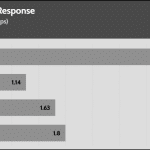
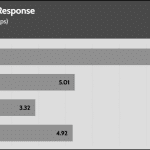
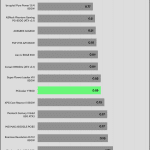
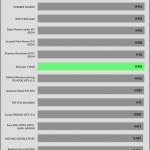
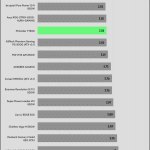
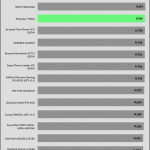
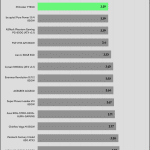
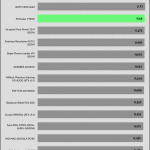
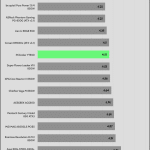
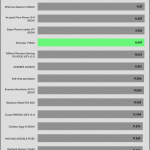


Ares,Do you intend to test the new Redragon PSU RPGS 1000 watts & 1300 Watts Platinum PSUs?
I don’t have any contacts with the brand, sorry.